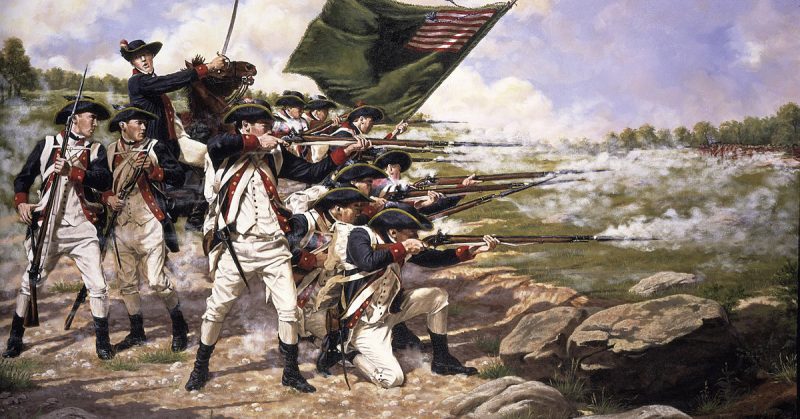Although looked upon as an exclusively American conflict, the Revolutionary War was a struggle for global dominance; one that was both overtly and indirectly waged between several powers outside North America.
Parliament initially anticipated a swift victory against the rebellious colonies but quickly found itself in a precarious position. From 1778 to 1784, a conglomerate of military powers—including a few old rivals and some new upstarts—challenged British authority in various parts of Europe, India, and the West Indies.
Each major stage of this eighteenth-century “world war” initially took shape during the month of June. French frigates first engaged British warships in the English Channel on June 17, 1778. Almost a year to the day, the Spanish followed suit and joined forces with the French on June 16, 1779.
A year later, tens of thousands of war-weary and economically-strapped Britons marched on Parliament during the Gordon Riots of 1780. If all that wasn’t enough, France’s Dutch and Indian allies rallied against the British East India Company in June of the same year. Their collective recalcitrance ignited a Second Anglo-Mysore War that raged on until 1784, a year after the conclusion of the Revolutionary War.
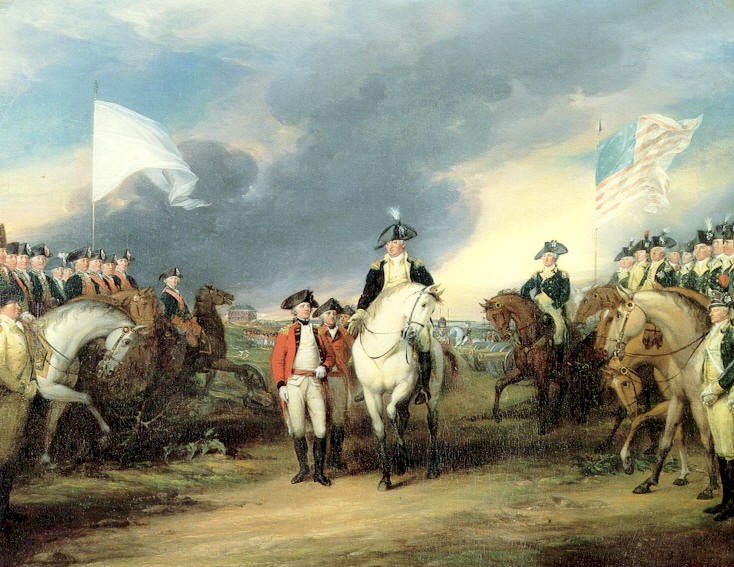
This is the second installment of a monthly series dedicated to thematically sharing some interesting insights about the Revolutionary War. In my first article, I discussed several major conflicts that took place in the Western Hemisphere during the month of May (mostly engagements and battles between the Continental Army and British regulars that unfolded in North America).
In this segment, I aim to briefly explore how the American War of Independence played out on the world stage. Whether coincidence or providence, the sweltering days of June saw international tempers flare across the globe.
Fight of Belle Poule and Arethusa (June 17, 1778)
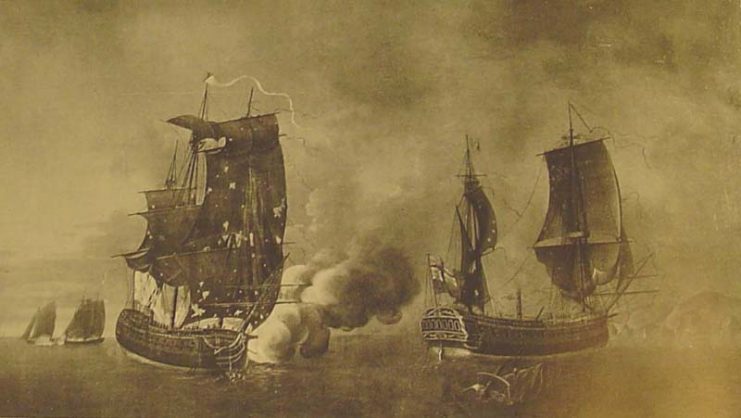
The Fight of Belle Poule and Arethusa, or the Action of 17 June 1778, was one of the initial naval conflicts of the North Atlantic. It occurred shortly after policy makers established the Franco-American alliance on February 6 of the same year and is named for two ships involved in the engagement.
It was also one of the first skirmishes of the Anglo-French War (1778 – 1783), resulting in less than a combined 150 casualties and three ships damaged or captured during the fight. Despite its historical obscurity, the Fight of Belle Poule and Arethusa was touted as a victory by both belligerents, which fanned the flames of future Anglo-French conflict.
Capture of Saint Vincent (June 16 – 18, 1779)
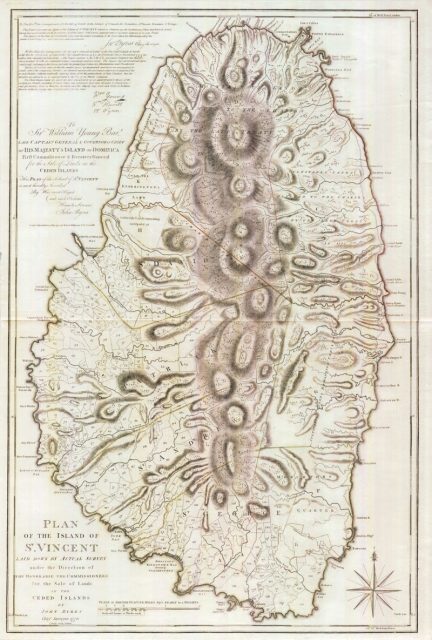
The Capture of Saint Vincent was one of the first French military incursions into the British West Indies. France assaulted the island with four ships and a coalition of 1300 men (500 French soldiers and 800 Black Carib allies). British commanders were stunned by the sudden attack and surrendered to the overwhelming force without putting up much of a fight.
Local Black Caribs consequently remained in control of the island through the remainder of the Revolutionary War, which deprived the British of valuable resources.
The Great Siege of Gibraltar (June 24, 1779 – February 7, 1783)
Most students of historical warfare are familiar with the Great Siege of Gibraltar, one of the largest blockade attempts in modern military history. A fleet of 20 Spanish warships, including gunboats, ships of the line, and frigates, initially laid siege to the Mediterranean fortress near the end of June 1779.
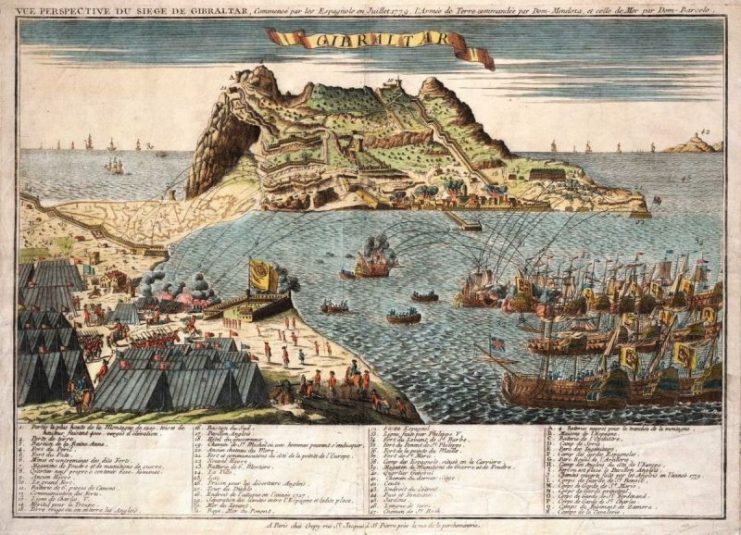
The assault force consisted of several infantry, cavalry, and artillery battalions, that numbered about 14,000 men. Less than half that number staffed the British garrison. Despite the odds, the defenders frustrated their assailants at every turn, with British relief convoys constantly slipping by the Spanish blockade on multiple occasions.
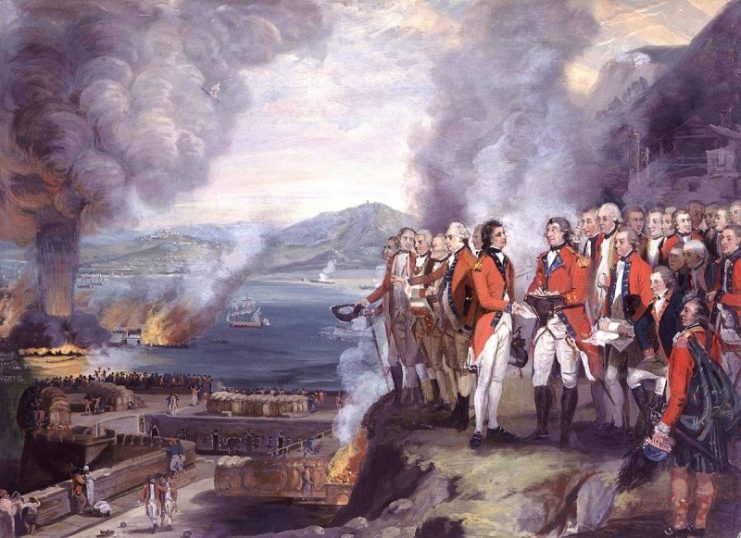
The French eventually joined the fight and, together with their Spanish allies, launched an unsuccessful grand assault that consisted of 60,000 men and 49 ships of the line. The British managed to hold out against the overwhelming force until the French and Spanish eventually retired in February of 1783.
It was the largest siege of the Revolutionary War and one of the longest in all of military history. Despite their steadfast resolve, the Great Siege of Gibraltar drew Great Britain’s attention away from her North American colonies, which proved devastating in the long run.
First Long Island (June 15, 1780)
The First Long Island, also referred to as the Action of 7 June 1780, was one of the first Anglo-French naval engagements to take place off the coast of North America during the Revolutionary War.
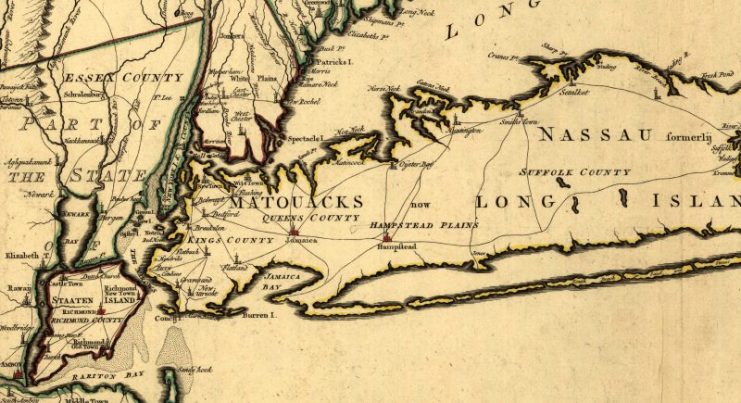
Relatively uneventful, the French frigate Hermione and HMS Iris exchanged cannon fire with one another for over 90 minutes. Despite the inconclusiveness of the fight, First Long Island proved that France was dedicated to the American cause and could be relied upon to disrupt British shipping in the region.
Armada of 1779 (June – September 1779)
Following Spain’s official entry into the Revolutionary War, Spanish naval forces joined with the French Navy to form a vast armada in June 1779. The ostensible purpose of the Franco-Spanish fleet was to indirectly support American independence by taking the fight to Great Britain’s shores.
Despite these plans never coming to fruition, the mere threat of an invading force crossing the English Channel placed a significant burden on the British Royal Navy, which consequently drew needed warships away from the Western Hemisphere.
The Gordon Riots (June 2 – 9 , 1780)
More in response to religious differences than anything else, the Gordon Riots of 1780 were primarily carried out in reprisal of the Papists Act of 1778. Parliament passed the legislation to provide relief to Anglo-Catholic soldiers who were forced to take a Protestant oath of religious obedience upon entering the army.
The Crown’s forces were stretch precariously thin, which prompted British lawmakers to accommodate Catholics in the hopes of bolstering troop numbers.
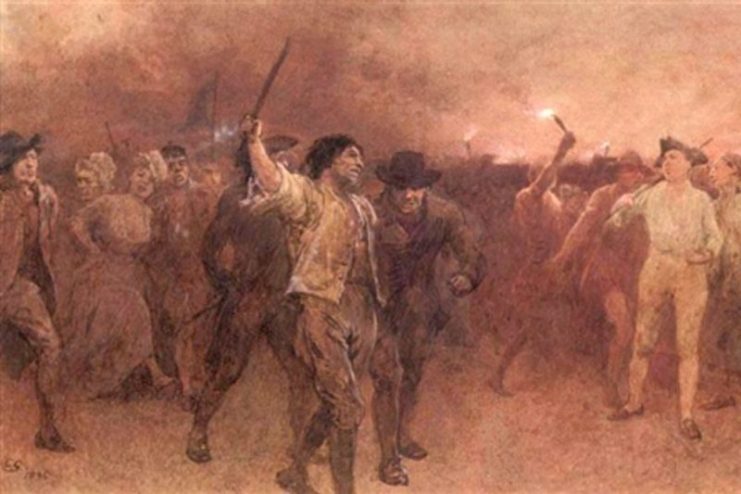
The move backfired when a group of 60,000 angry Protestants marched on Parliament. The mob demanded that policymakers repeal the law less they set London ablaze. In response, the British government mustered a detachment of troops who, on June 7, 1780, wounded or killed almost 500 protesters.
Parliament eventually repealed the law, but Great Britain’s political reputation suffered significantly on the world stage. Potential allies abandon King George III when he desperately needed allies most, at the height of the Revolutionary War. Spain additionally backed out of negotiations that could have potentially terminated their alliance with France prior to the end of the conflict.
Siege of Cuddalore (June 7 – July 25, 1783)
The 1783 Siege of Cuddalore was a British attempt to stomp out French and Mysorean resistance in British East India near the end of the American Revolutionary War. The engagement was also one of the final three battles of the Second Anglo-Mysore War (1780 – 1784) that raged concurrently with the American War of Independence.
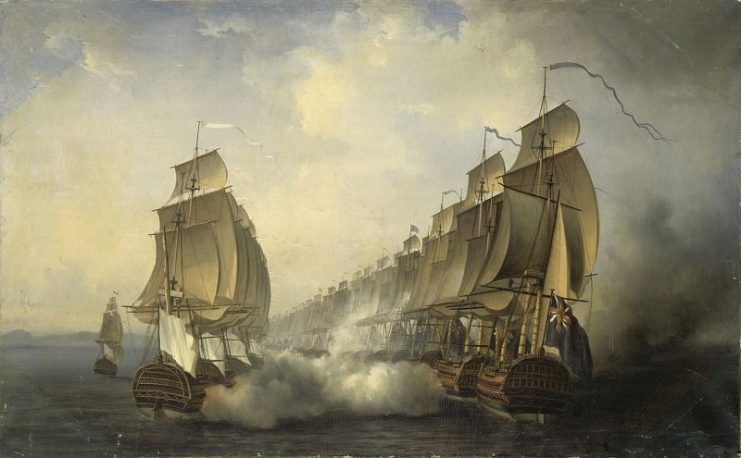
The siege lasted for nearly two months and involved almost 24,000 belligerents but eventually drew to a close when France and Great Britain officially declared an end to hostilities in 1783. The bloody fighting resulting in over 2,000 casualties, however, which continued to stoke Anglo-Mysore tensions for an additional six months.
In the end, the siege was yet another action that drew Great Britain’s attention away from the colonial rebellion in North American—a grim fact that many argue led to King George III acquiescing to his former subjects in the New World.
